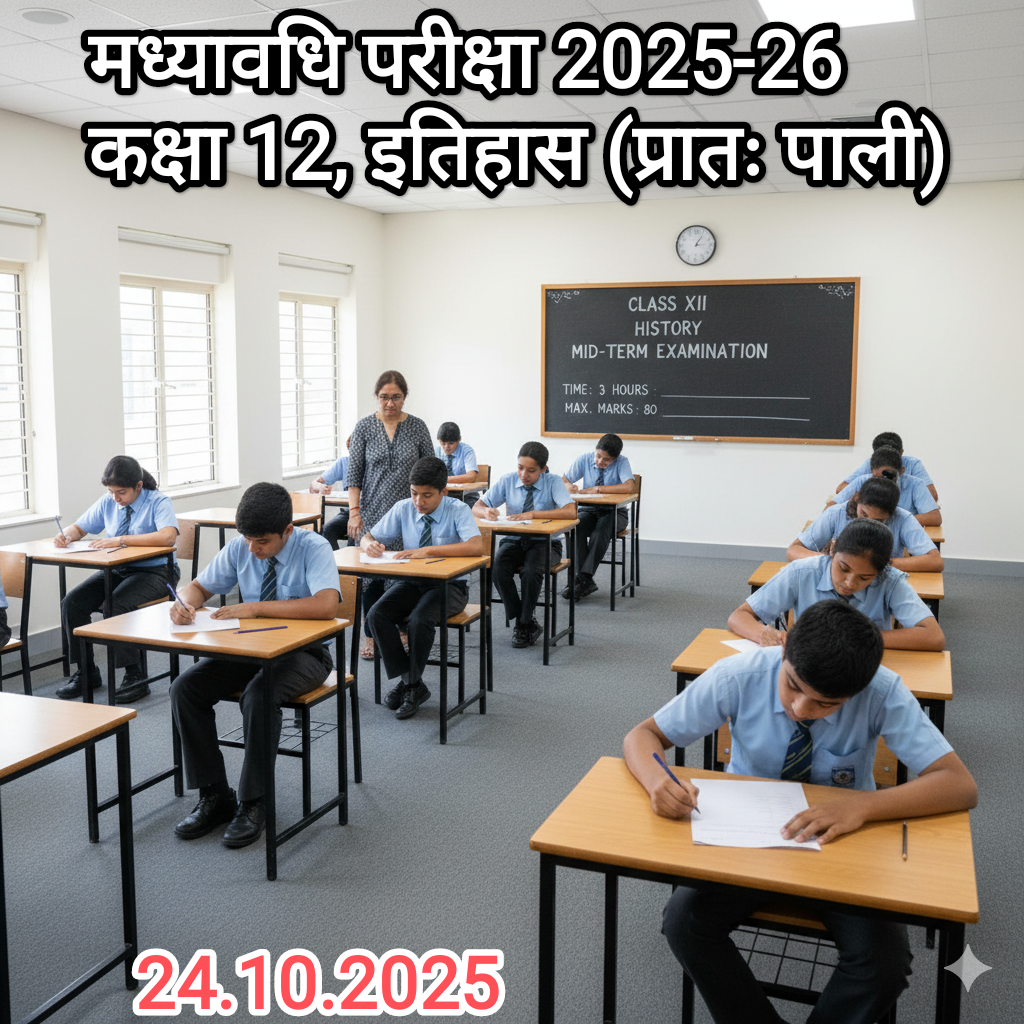🧭 Introduction
- This chapter deals with political, economic, and urban developments between 600 BCE and 600 CE.
- Emergence of Mahajanapadas, Mauryan Empire, Gupta Empire, agriculture, urbanization, and inscriptions are key themes.
🏹 1. The Earliest States (Mahajanapadas)
🔹 Janapadas and Mahajanapadas:
- Janapadas: Territorial units where people settled.
- Mahajanapadas: 16 large kingdoms/states by the 6th century BCE (e.g., Magadha, Kosala, Avanti, Vatsa).
- Capital cities: Fortified (e.g., Rajagriha, Ujjain).
🔹 Taxation System:
- Agricultural tax: Called ‘Bhaga’, usually 1/6th of the produce.
- Other taxes on artisans, herders, traders.
🏛️ 2. Emergence of Empire – The Mauryas
🔹 Sources for Mauryan History:
- Arthashastra by Kautilya (Chanakya): A treatise on politics and economy.
- Megasthenes’ Indica: Greek ambassador to Chandragupta Maurya’s court.
- Ashokan Edicts: Rock and pillar inscriptions across the subcontinent.
🔹 Mauryan Administration:
- Chandragupta Maurya: Founder (321 BCE), capital at Pataliputra.
- Ashoka (268–232 BCE): Promoted Dhamma, issued inscriptions.
- Officials: Amatyas, Dhamma Mahamatras, Samaharta, Nagaraka (city head).
- Well-organized central and provincial administration.
🪔 3. Ashoka and His Dhamma
- Dhamma: A moral code emphasizing peace, compassion, tolerance.
- Promoted by inscriptions in Prakrit (written in Brahmi/Kharosthi).
- Appointed Dhamma Mahamatras to spread the message.
📜 4. Political and Economic Changes (Post-Mauryan Period)
🔹 Emergence of Regional Kingdoms:
- Shungas, Satavahanas, Kushanas.
- Guptas (4th to 6th century CE): Significant political stability and cultural growth.
🔹 Land Grants:
- Rulers began issuing land grants to Brahmanas and temples.
- Inscriptions on copper plates or stone record these grants.
- Rights included tax exemption, revenue collection, and forced labour (vishti).
💰 5. Economic Growth and Agriculture
🔹 Agricultural Expansion:
- Use of iron ploughshare, transplantation of paddy.
- Increased use of irrigation, tank systems, and wells.
🔹 Role of Gahapati:
- Gahapati: Head of household (often a landholder).
- Managed land, labour, and produce.
🏙️ 6. Towns and Trade
🔹 Urban Centres:
- Pataliputra, Mathura, Ujjain, Taxila: Important cities.
- Cities were centres of administration, trade, craft production.
🔹 Craft Production and Guilds:
- Artisans and traders formed guilds (Shrenis).
- Guilds managed production, training, and trade.
🪙 7. Trade and Commerce
- Extensive internal and external trade (India-Rome-China).
- Use of coins (punch-marked, gold coins – dinars) in transactions.
- Ports like Arikamedu, Bharuch, Tamralipti facilitated maritime trade.
📖 8. Literature and Inscriptions
🔹 Religious and Secular Texts:
- Sangam literature (Tamil) mentions towns, traders, social classes.
- Brahmanical texts (Manusmriti, Dharmashastras) discuss varna order and land ownership.
🔹 Prashastis and Inscriptions:
- Prashastis: Eulogies praising kings (e.g., Allahabad Pillar inscription of Samudragupta by Harisena).
- Inscriptions were written by scribes, often in Prakrit and Sanskrit.
🏺 9. Social Structure
🔹 Varna System:
- Brahmanical texts divided society into four varnas:
- Brahmana (priests)
- Kshatriya (warriors)
- Vaishya (traders)
- Shudra (servants)
- In reality, social structure was more flexible and complex.
🔹 Slavery and Vishti:
- Dasa/Karmakara: Slaves and bonded labourers.
- Vishti: Forced labour, often unpaid and hereditary.
🧱 10. Urbanization and Its Limits
- While cities grew, urban decay also seen post-Gupta period.
- Decline in long-distance trade, fewer inscriptions and coins.
- Shift of focus to agrarian economy and rural grants.
✍️ 11. Inscriptions as Historical Evidence
- Inscriptions offer insights into politics, land ownership, religious patronage.
- However, they are elite-centric, often ignoring common people’s perspectives.
- Deciphered by James Prinsep in 1837 (Brahmi script).
📌 Important Terms:
| Term | Meaning |
|---|---|
| Janapada | Early territorial unit |
| Mahajanapada | Larger states in 6th century BCE |
| Prashasti | Royal eulogy/inscription |
| Gahapati | Householder or landowner |
| Dhamma | Ashoka’s moral teachings |
| Vishti | Forced unpaid labour |
| Shreni | Guild of merchants or craftsmen |
| Bhaga | Share of produce (tax) |
📝 Conclusion
- Between 600 BCE–600 CE, India witnessed:
- Growth of empires
- Development of urban centres
- Spread of Brahmanical and Buddhist ideologies
- Importance of land ownership, inscriptions, and trade networks
- These developments shaped early Indian society, polity, and economy.







